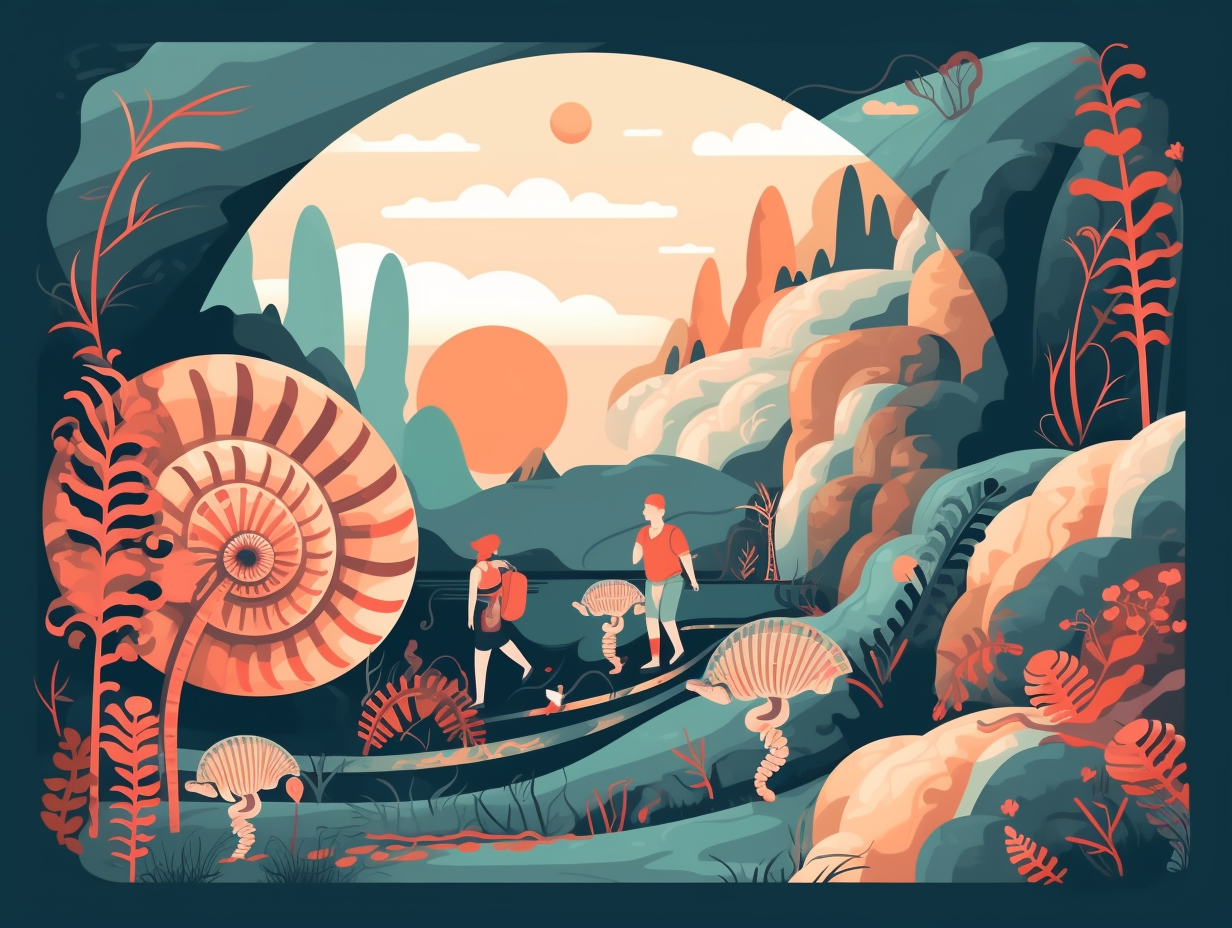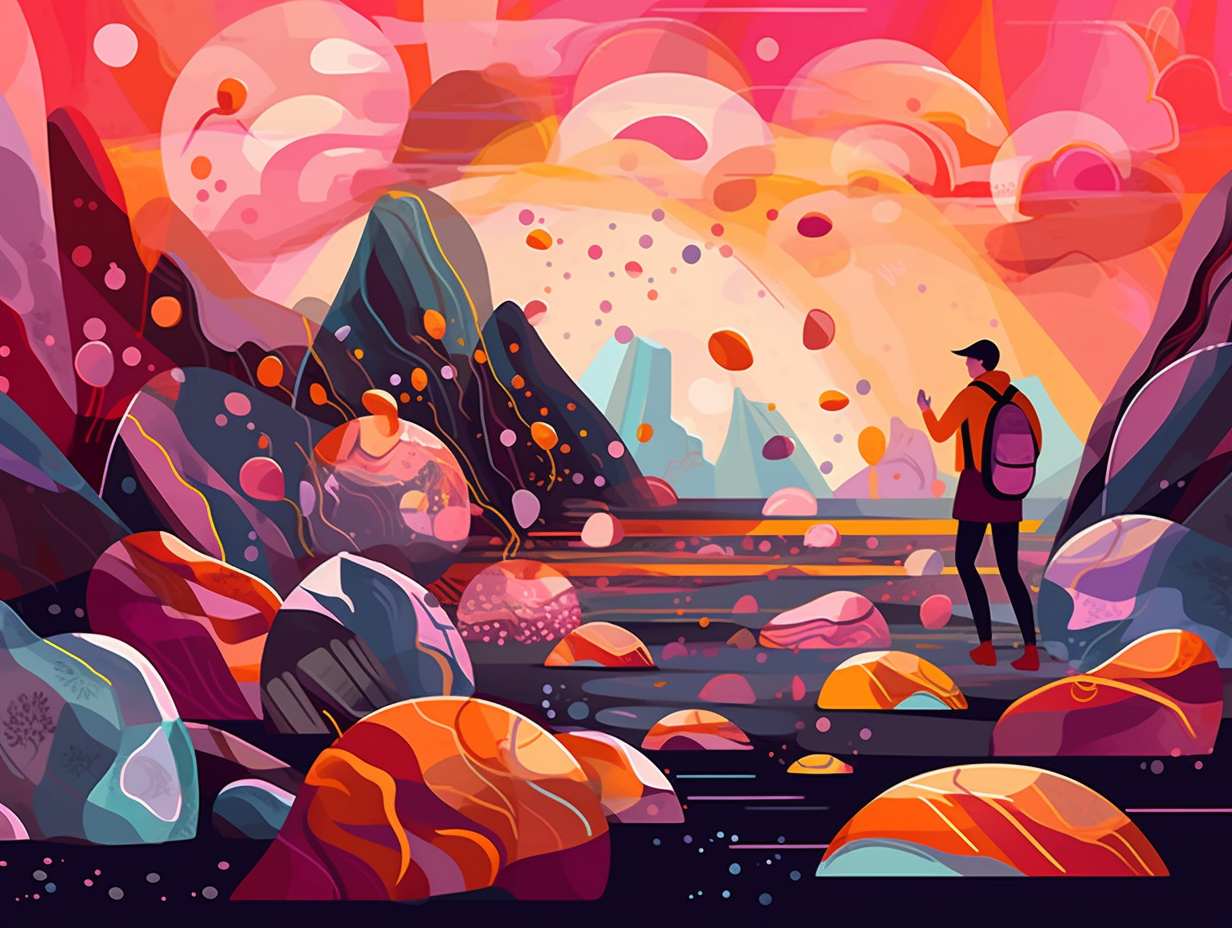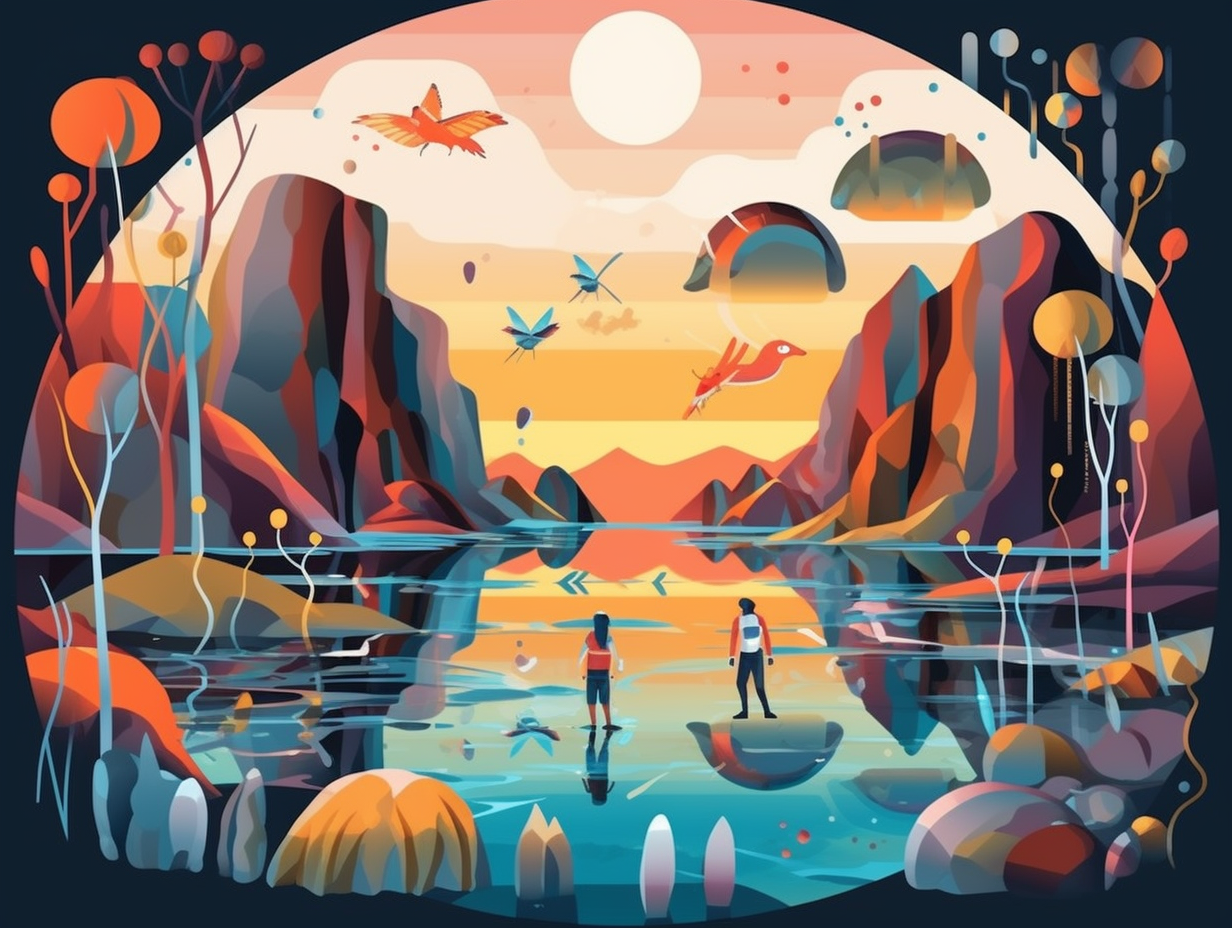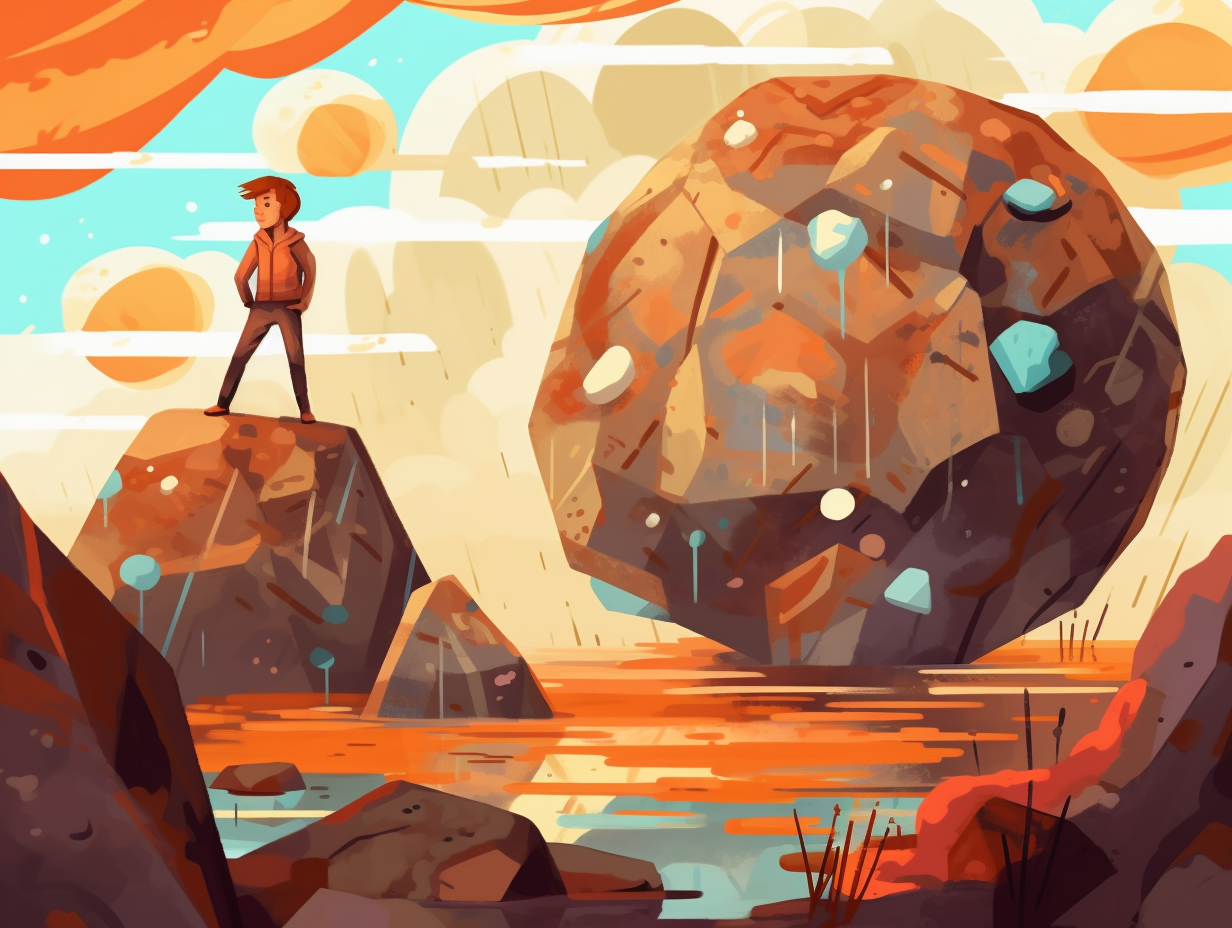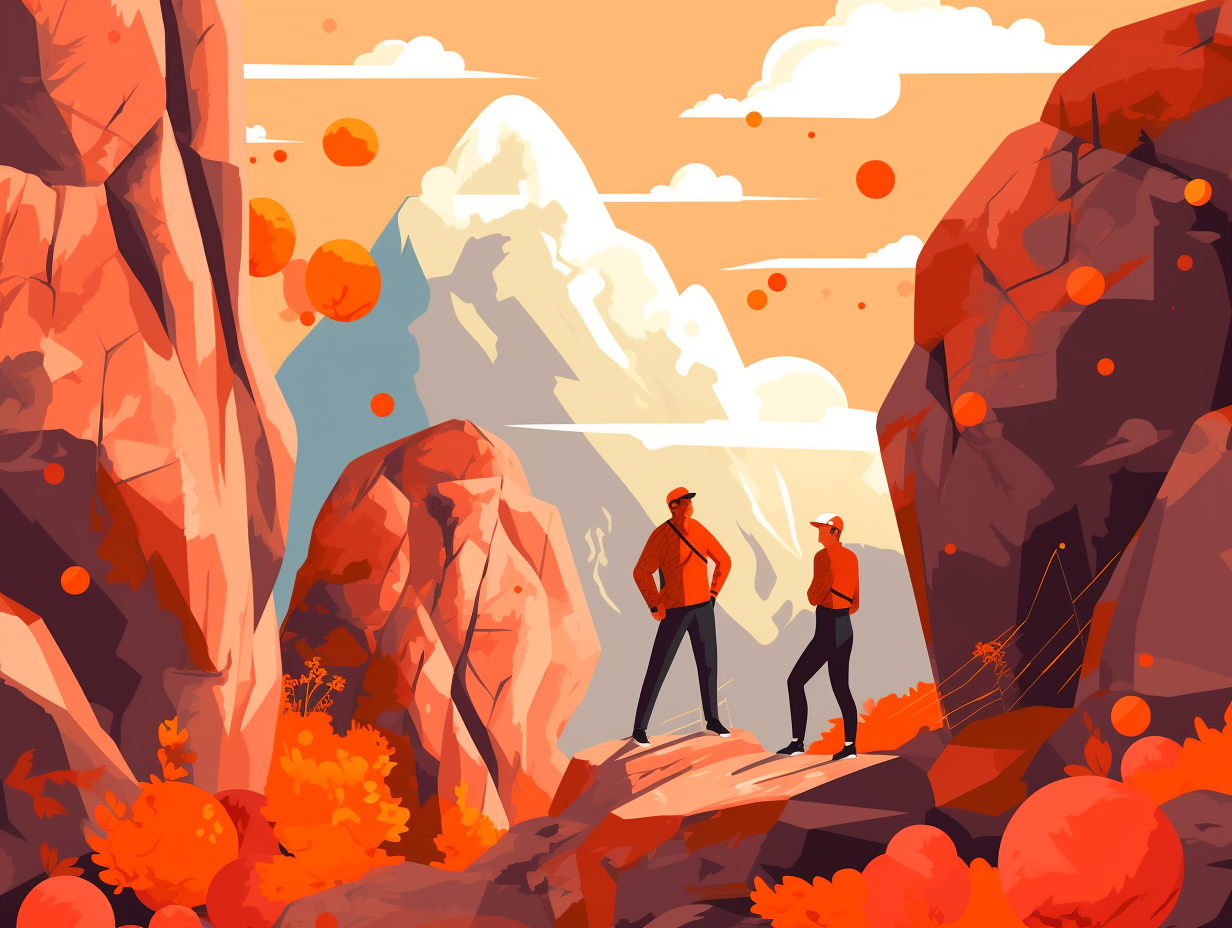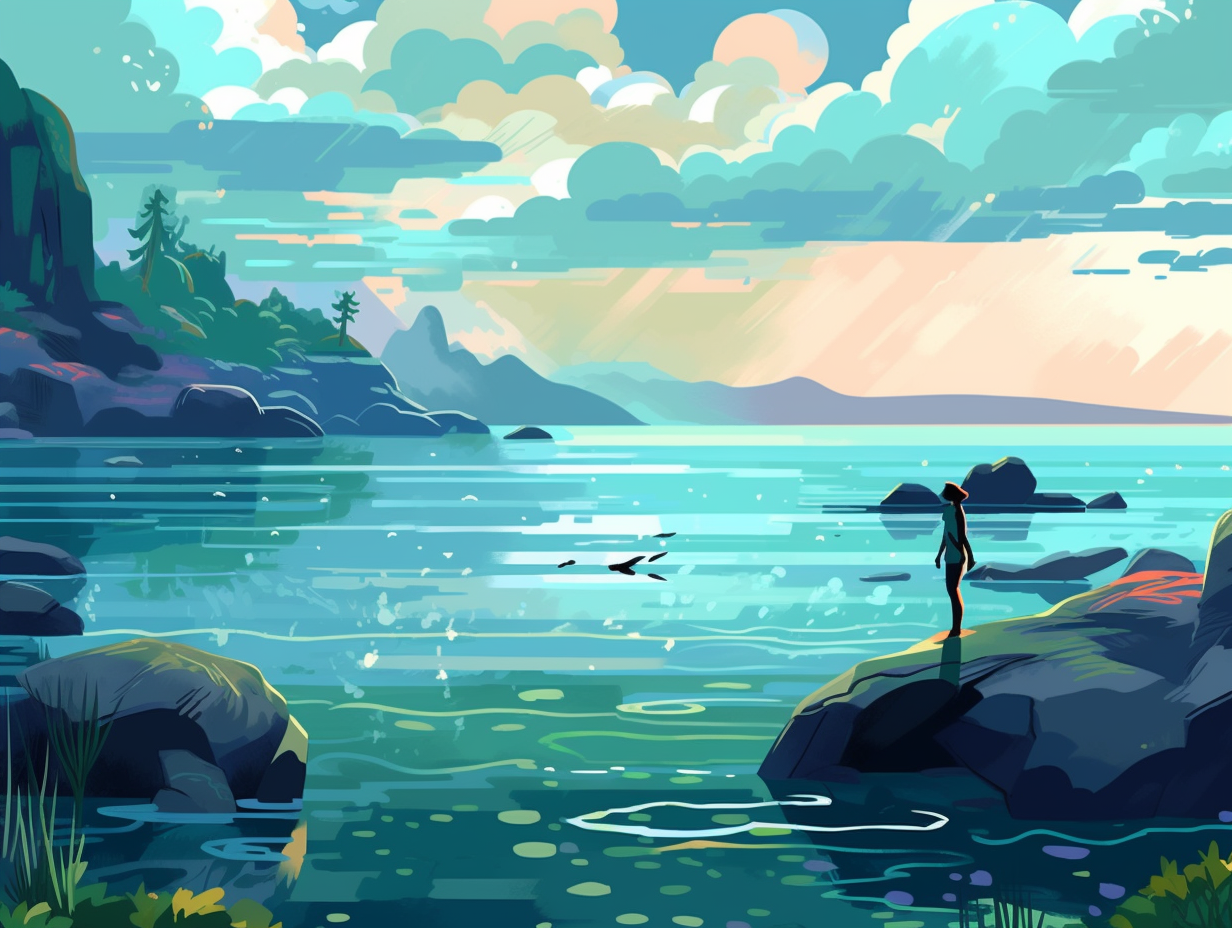Discover the Earth's Secrets: Top 11 Fun and Fascinating Facts About Geology!
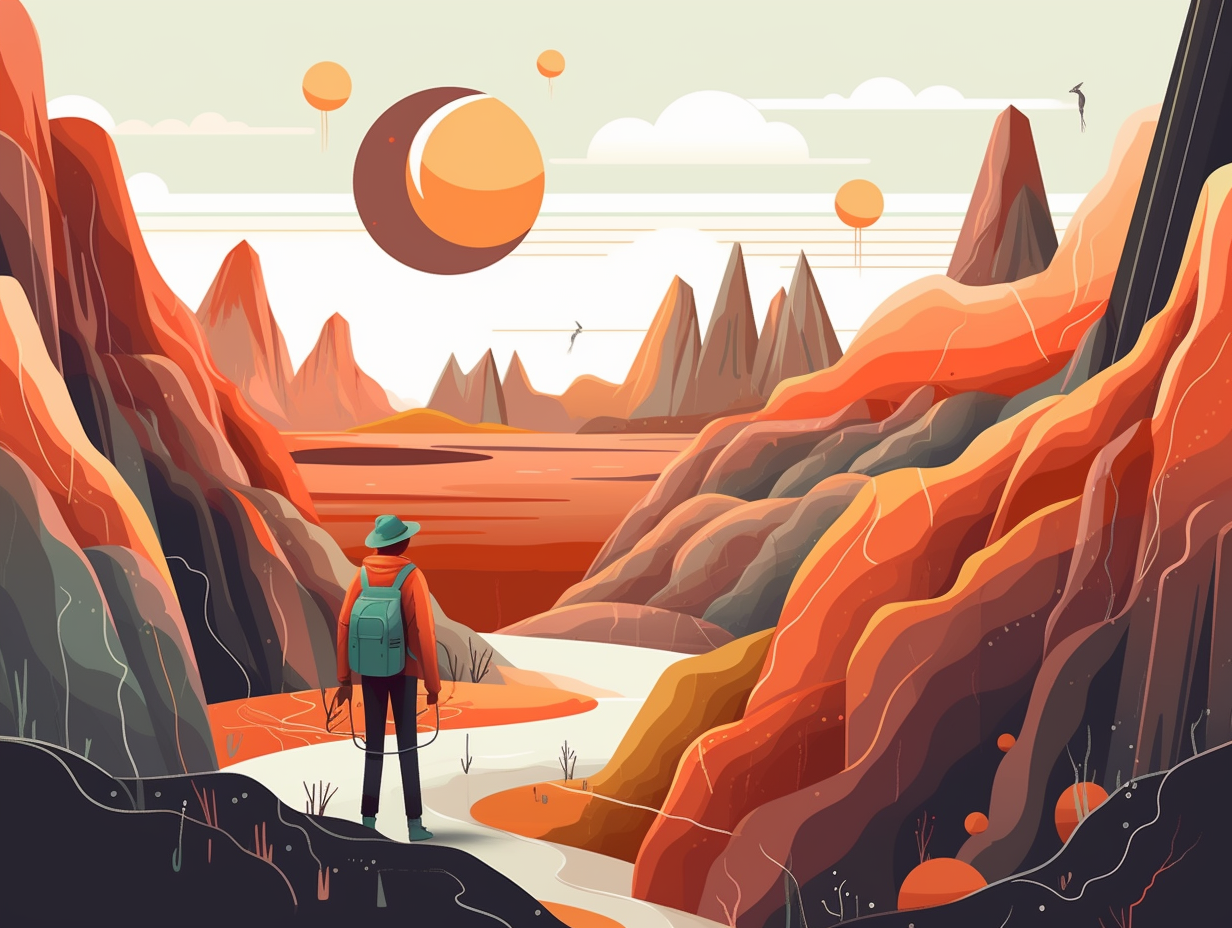
1. Grapevine Myths: Geology Overrated in Wine-Making
Step aside, Chateau de Puns: it turns out the grapevine has been spreading some geological misinformation about wine-making! Quirky Quakes: The geology of vineyards can impact grape quality indirectly, but geology's role in wine's taste and quality is often overrated, and many wine books contain misguided or incorrect descriptions about it.
Source => sciencedirect.com
2. Fossils: Survival of the Fishiest
In the world of fossils, it's survival of the fishiest: Around 99% of the fossils we discover are from marine animals, such as shellfish and sharks, thanks to the sea's sediments that quickly bury their remains, slowing down decomposition.
Source => nhm.ac.uk
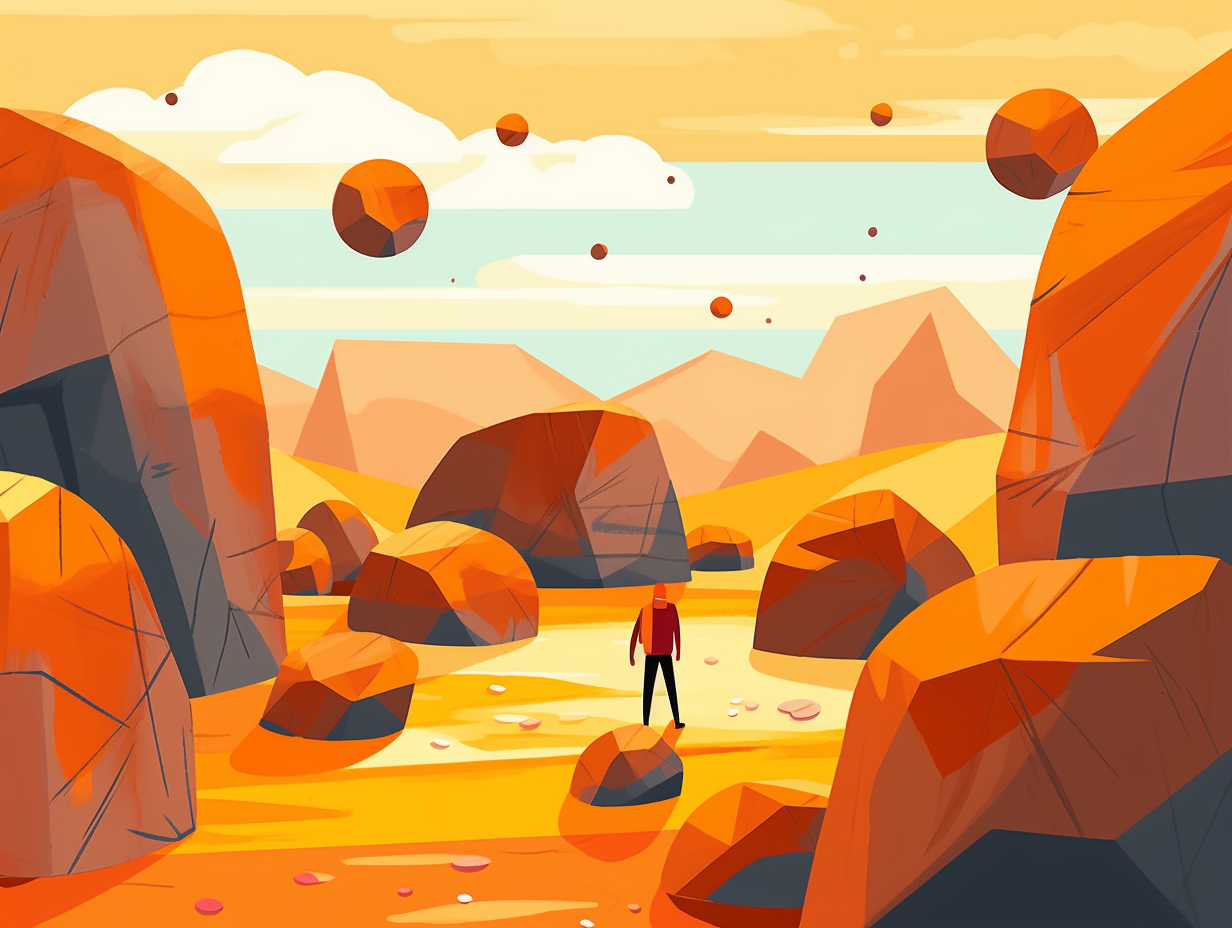
Did you know that basaltic rocks have a secret weapon against CO2? They can turn it into solid minerals, providing a revolutionary solution for greenhouse gas storage! 🌍✨ Discover how this was tested in Iceland with a 90% success rate.
=> Fun Facts about Rocks
3. Earth's Subduct-'n'-Roll Recycling Plan
Hey there, Earth's got the ultimate recycling plan, and it's a subduct-'n'-roll affair: Subduction, where tectonic plates diving into each other, helps recycle minerals and water on our planet, as elements are transported deep into the Earth's mantle, and returned to the surface through volcanic activity. The mineral lawsonite is the VIP in this process, with its crystal composition and zoning providing vital clues about the Earth's historical chemical and physical doings.
Source => frontiersin.org
4. Deep-Sea Volcano Adventure with Shrimp
When life gives you lemons, don't settle for lemonade! Dive deep into the ocean and grab a shrimp by the West Mata volcano instead: The volcano, 4000 feet below the Pacific Ocean, erupted in May 2009 and produced some of Earth's hottest Boninite lavas, the deepest eruption ever recorded, shedding light on island and undersea volcano formation, as well as revealing resilient shrimp living near its scorching center.
Source => oceantoday.noaa.gov
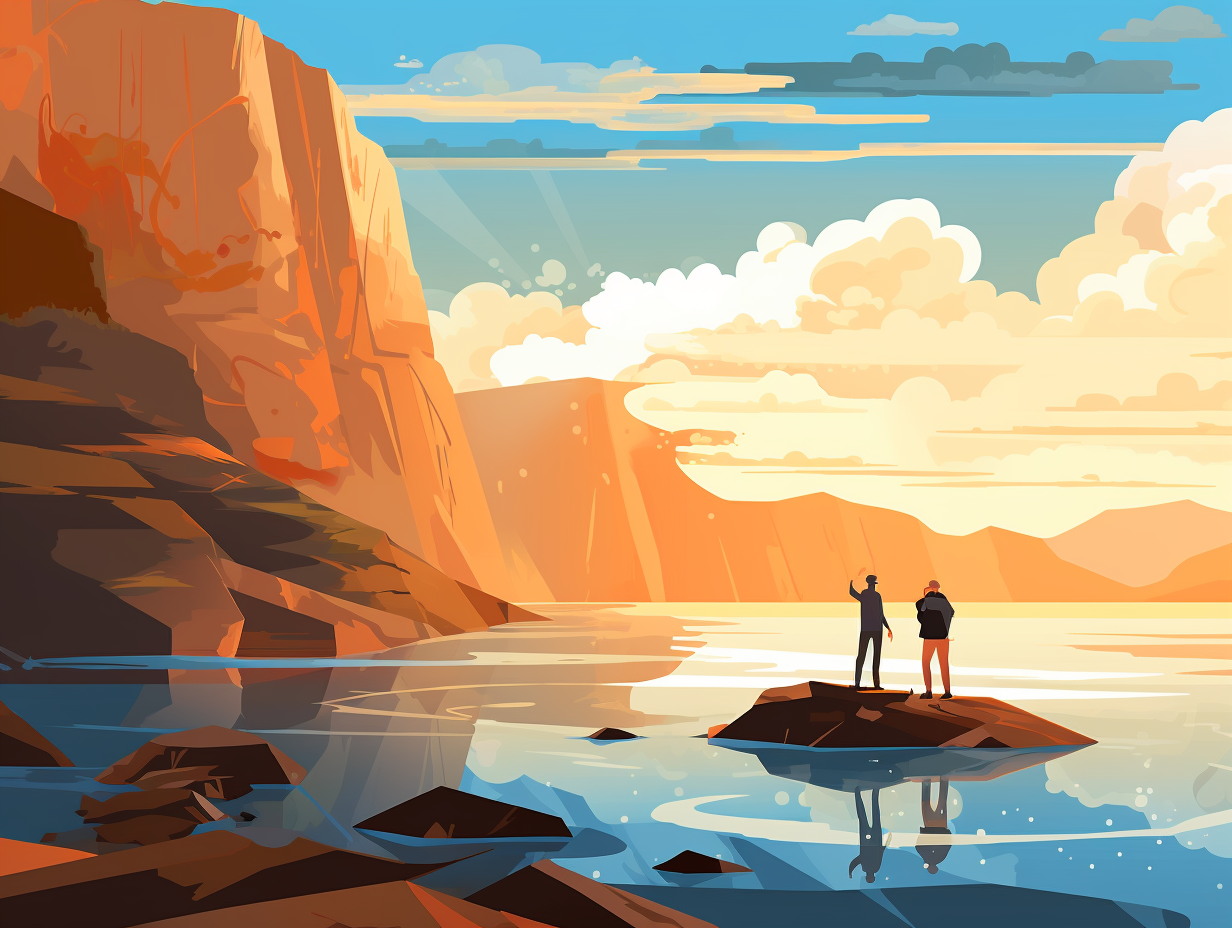
5. Chocolate Hills: A Real-Life Wonka Wonderland
What do you get when you cross Willy Wonka's Chocolate Factory with Jules Verne's "Journey to the Center of the Earth"? The answer lies in the Philippines: Behold the Chocolate Hills! They're an absolutely real geological wonder formed by the dissolution of limestone and tectonic processes, boasting grass-covered mound-shaped structures that stretch as high as 120 meters (390 feet) in size. While they may not satisfy your sweet tooth, these chocolaty natural oddities have been declared the country's third National Geological Monument and are vying for a spot on the UNESCO World Heritage List.
Source => en.wikipedia.org
6. China's Rainbow Mountains: Nature's Crayon Box
Step aside, box of crayons, China's Rainbow Mountains are here to show who's got the real flair for color: These stunning hues were actually created by geological processes and mineral deposition not by weathering and erosion, as one might assume. Different minerals and rock hardness give life to the unique sandstone patterns and vivid shades, with harder layers retaining their colors more than the softer ones.
Source => sand-boarding.com
7. Sinkholes: The Ground-Breaking Culprits
Watch out, folks: it seems that we humans have a sinking feeling! We're not just talking about the fate of your favorite TV show getting canceled, but something far more ground-breaking (literally) - sinkholes! Pulled under by curiosity? Here's the skinny: these not-so-fun holes can be caused by human activities like over-pumping groundwater and drilling new water wells, leading to collapses in the land surface that can swallow up highways and buildings like a hungry Pac-Man on a power pellet binge. Pro tip: to prevent getting a surprise ticket to the underworld, water conservation rules and drought restrictions can come to the rescue, because keeping water tables high and avoiding over-pumping during dry spells might just save us - and our homes - from the gaping abyss.
Source => sjrwmd.com
8. Rodinia's Steamy, Icy Breakup Drama
It's not every day you hear about a breakup that's both cool and steamy, but Rodinia's got the drama we all crave: Over 700 million years ago, the supercontinent's dramatic split led to extreme global cooling known as Snowball Earth, while also causing increased rainfall, warmer oceans, and some serious evolutionary leaps during the Ediacaran and Cambrian periods.
Source => en.wikipedia.org
9. Mauna Loa: The Olympic Champion of Volcanoes
If Mauna Loa were an Olympic athlete, it could claim gold for its volcanic prowess and lava acrobatics: Standing proud on the Hawaiian Island, Mauna Loa boasts the title of Earth’s largest volcano, having erupted 34 times since 1843, most recently in 2022—a spectacular performance that lasted for two weeks and saw its glorious lava flows performing a daring act, stopping just 1.7 miles (2.8 kilometers) short of Daniel K. Inouye Highway, leaving 90 percent of the volcanic surface covered in youthful, agile, less-than-4,000-year-old lava flows.
Source => usgs.gov

10. Earth's Magnetic Musical Chairs
Think Magnet-o is just an X-Men character? Think again, dear reader; there's a game of magnetic musical chairs happening right under our noses: Earth's magnetic field flips every 10,000 to 50 million years, the last switch being a cool 780,000 years ago. And this polarity party takes a while to settle, as the field chaotically dances between reversals, sometimes taking thousands of years to complete the jazzy switcharoo.
Source => usgs.gov
11. Amber-ly Legal: Gemstone Forensic Detectives
Amber-ly Legal: Nature's forensic gem-tectives have cracked the case! By taking a close look at the tiny inclusions within gemstones, scientists can deduce information about the stone's origin, whether it's natural or synthetic, and the geological environment in which it was formed. In fact, scrutinizing the hairs within an amber bead can reveal that it's a Baltic souvenir from an oak tree flower dating back 20-40 million years ago.
Source => australian.museum
Related Fun Facts

